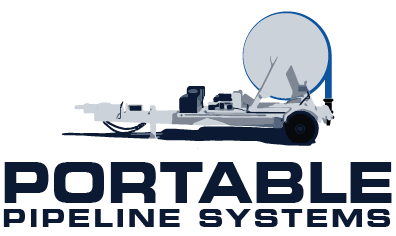An onsite wastewater system (more commonly known as septic system) is a multi-tiered system which collects, treats, and disperses wastewater generated by a home or business.
Instead of connecting to a sewer, a business or homeowner has the option to use a septic system to handle any wastewater treatment.
In an onsite wastewater treatment system like a septic system, the idea is to treat the wastewater and then discharge it into the soil on site rather than transport it to a wastewater treatment plant via sewage pipes or truck.
How Does An Onsite Septic System Work To Treat Wastewater?
The septic tank is buried underground (or in some cases there are above ground septic systems depending on the water levels of the site). The tank itself is a watertight container usually made of concrete, fiberglass or polyethylene. Its one job is to house wastewater long enough for any solids to settle to the bottom (forming sludge) and for any oil or grease to float to the top (as scum).
Each tank also contains a filerter called the Effluent Filter at the outlet of the box. This filter keeps solids from leaving the tank and clogging the leach field – which is also underground – where the waste water is transferred into the soil.
An important part of the septic tank is the Distribution Box. This box splits the flows from the septic tank into multiple leach lines which then leach the wastewater into multiple spots throughout the leach field. Further treatment of the wastewater occurs as it flows from the leach field and into/through the soils.
More recent systems have an advanced treatment system called the INNOVATIVE/ALTERNATIVE (I/A) systems and typically follow or even sometimes replace the septic tank altogether. These systems can treat the wastewater in a way which allows for a smaller leach field as well as smaller splits to groundwater tables and bedrock.
How Should You Maintain Your Onsite Wastewater System?
All of the components of your onsite wastewater system should be maintained on a regular basis.
Septic tanks should general pumped when the solids or scum reach a certain volume of the tank.
Effluent filters should be checked and cleaned by professionals on a regular basis (either once or twice a year for most households and filters).
Distribution boxes should also be checked and adjusted by professionals to maintain equal distribution.
Your pump tanks should be assessed for solids build-up and control panel operation (including checking the alarm).
How Should You Operate Your Septic System?
- Make sure you have installed high-efficiency toilets in your business or your home. High efficiency toilets use 1.28 gallons of water or less per flush.
- Do you have faucet aerators and high-efficiency showerheads? Both of these tools reduce the amount of water flowing through the pipes.
- When you use your washing machines be sure to run only full loads of laundry, and to stagger loads throughout the week.
- Never flush feminine hygiene products, diapers, cigarette butts, coffee grounds, cat litter, household chemicals, pharmaceuticals. ONLY human waste and toilet paper goes in your toilet.
- Try to only use boiling water or a drain snake for clogged drains.
- It’s also best to not have garbage disposal in your sink because it can significantly reduce the amount of solids entering the tank.
Here’s how to best maintain your leach field:
- Never park or drive on your leach field.
- Plant trees the appropriate distance from your leach field to keep roots from growing into your septic system
- Keep roof drains, sump pumps, and other rainwater drainage systems away from your leach field
How Does An Onsite Wastewater System Fail?
Septic system failures may be caused by a number of activities including:
- pouring chemicals down sinks or toilets
- excessive water use
- failure to provide proper maintenance
- use of garbage disposals
- improper design or installation of the system
- The leach field may clog over time, and that’s when it’s no longer operating within its intended lifespan.
These are the symptoms of an onsite wastewater system failure:
- You will see wastewater backing up into household drains.
- You will notice super bright green, spongy grass on the leach field, even during dry weather.
- You will notice pooling water or muddy soil around your septic system or even in your basement.

